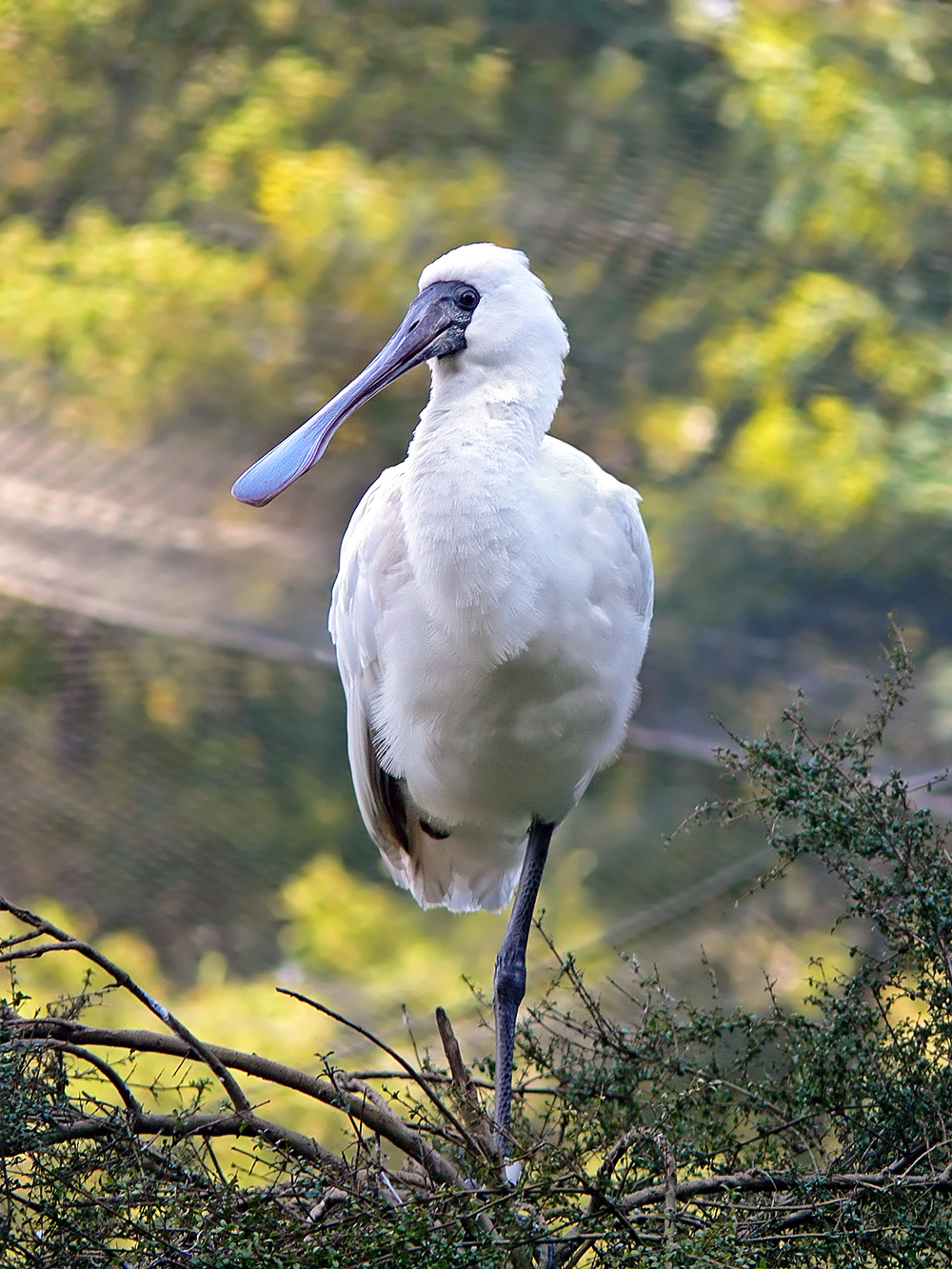- Royal Spoonbill
Taxobox
name = Royal Spoonbill

image_width = 250px
status = LC
regnum =Animal ia
phylum = Chordata
classis = Aves
ordo =Ciconiiformes
familia =Threskiornithidae
genus = "Platalea "
species = "P. regia"
binomial = "Platalea regia"
binomial_authority = Gould, 1838The Royal Spoonbill ("Platalea regia"), also known as the Black-billed Spoonbill, occurs in intertidal flats and shallows of fresh and saltwater wetlands in
Australia ,New Zealand ,Indonesia ,Papua New Guinea , and theSolomon Islands . It has also been recorded as a vagrant inNew Caledonia . The Royal Spoonbill feeds by sweeping its bill from side to side. It always flies with its head extended. Widespread throughout its large range, the Royal Spoonbill is evaluated as Least Concern on theIUCN Red List of Threatened Species.Description
The Royal Spoonbill is a large white bird with a black, spoon-shaped bill. It is a wading bird and has long legs for walking through water. It eats fish and other water animals, such as shellfish, crabs and frogs, catching its prey by making a side-to-side movement with its bill.
Breeding
When they are breeding, long white plumes grow from the back of their heads and coloured patches appear on the face. The nest is an open platform of sticks in a tree in which the female lays two or three eggs. The chicks hatch after 21 days. The birds are highly sensitive to disturbance in the breeding season. In Australia, whole colonies have been known to desert their eggs after a minor upset.
References
* Database entry includes justification for why this species is of least concern
External links
* [http://www.birdlife.org/datazone/species/index.html?action=SpcHTMDetails.asp&sid=3803&m=0 BirdLife Species Factsheet]
* [http://www.redlist.org/search/details.php?species=49637 IUCN Red List]
Wikimedia Foundation. 2010.
